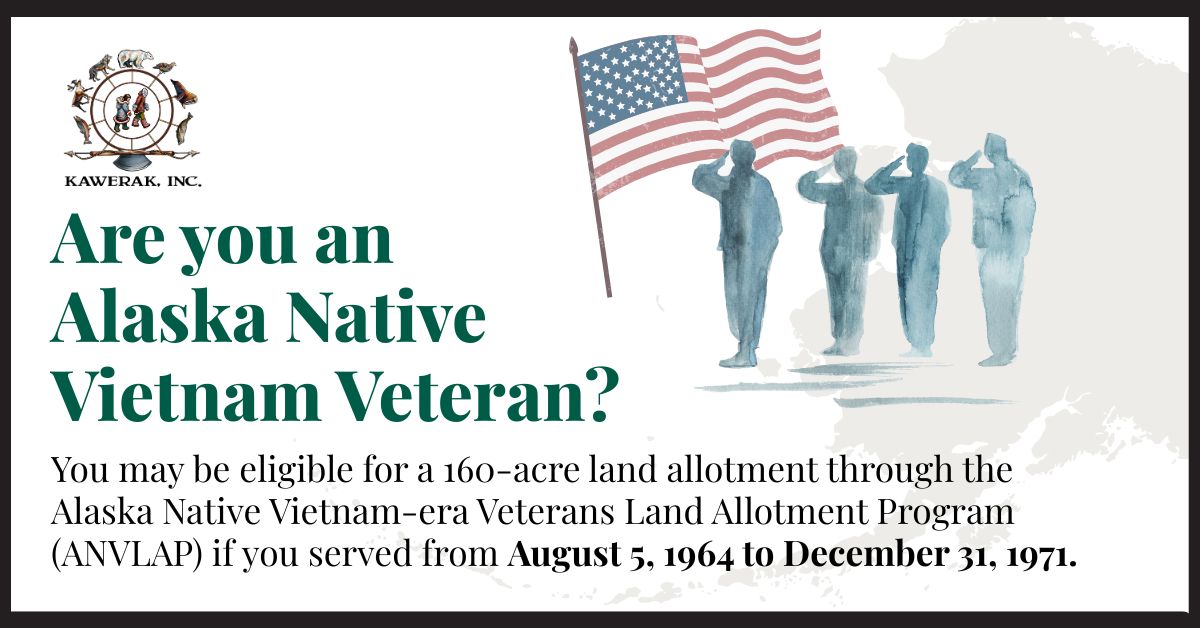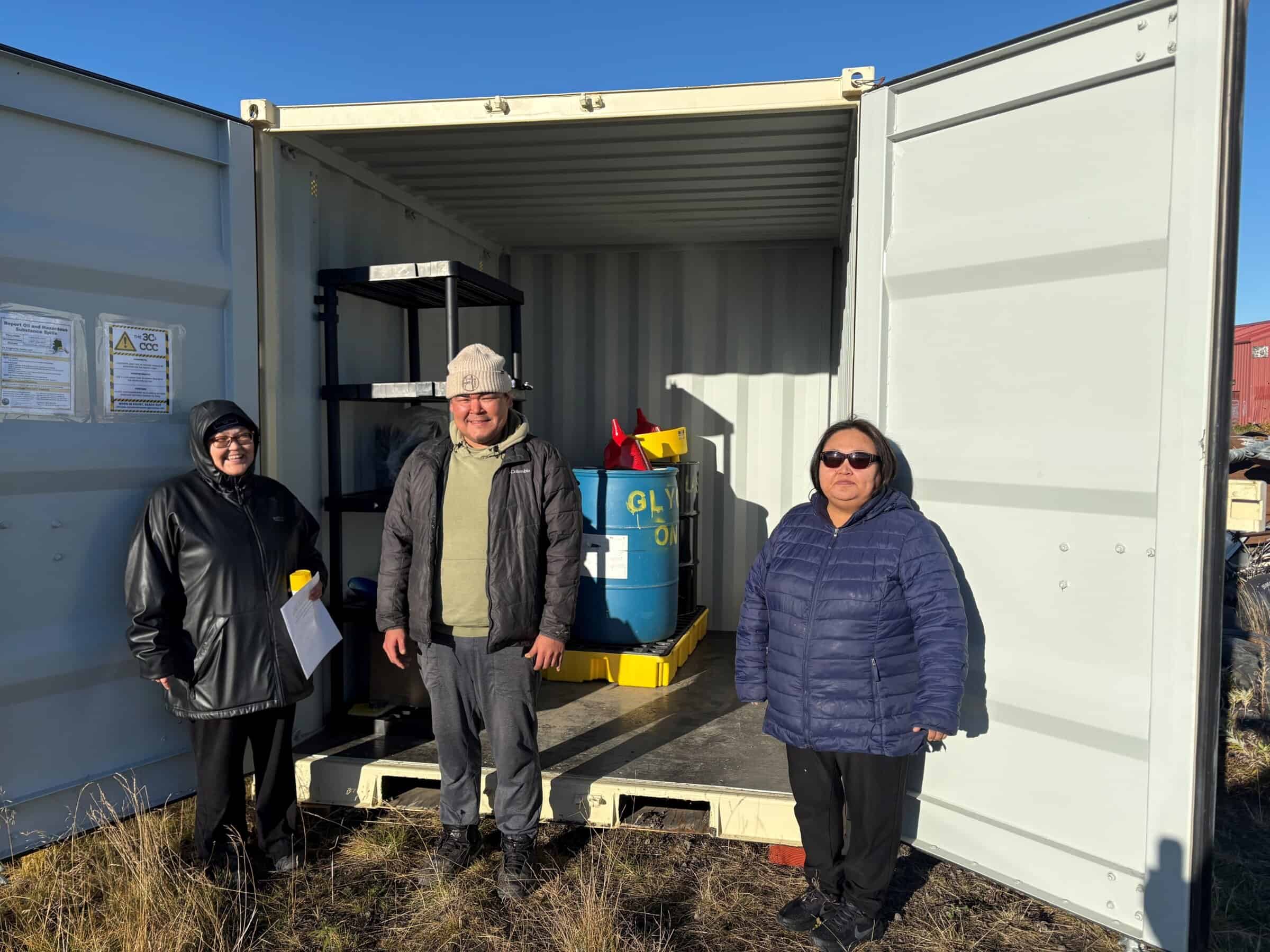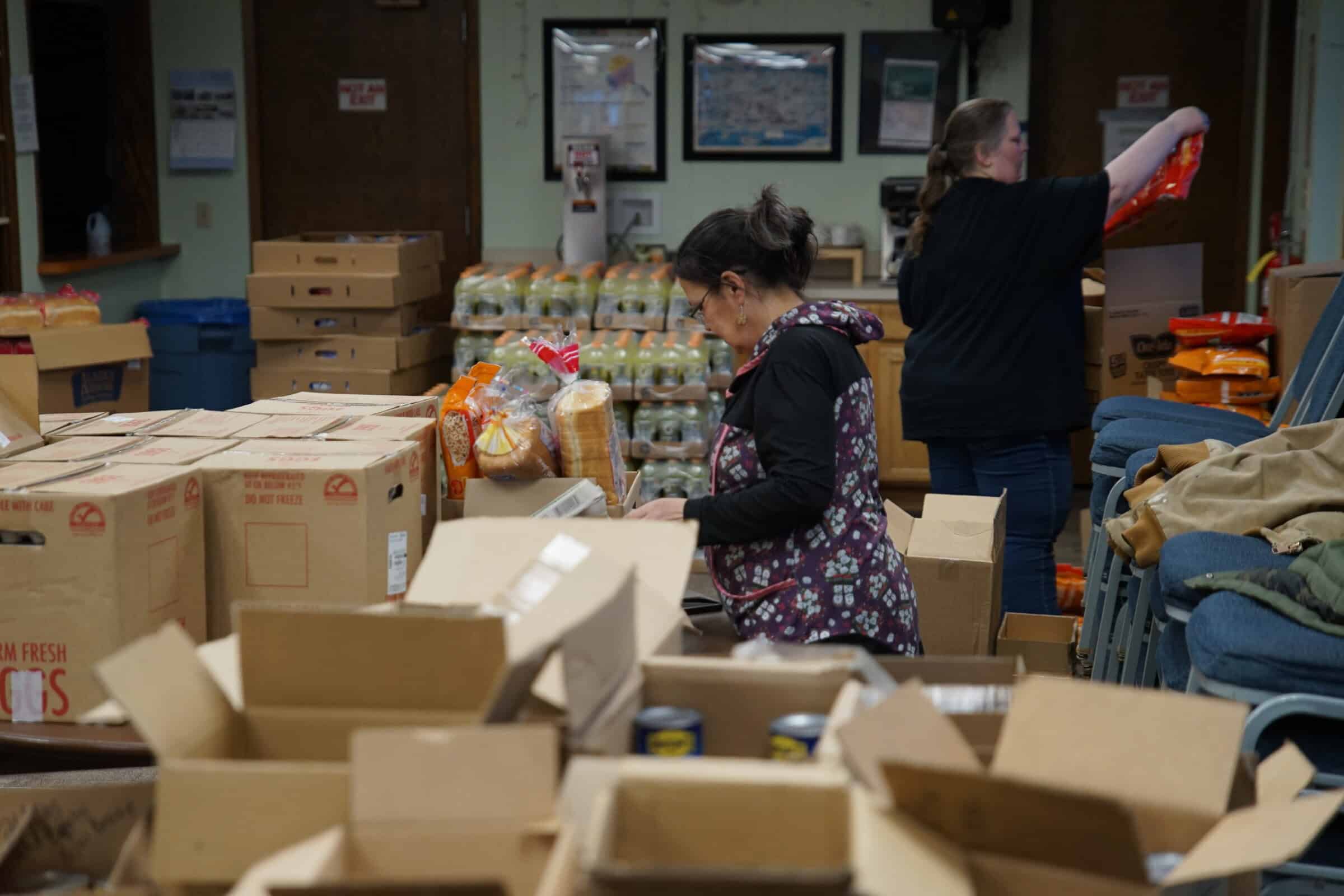FOR IMMEDIATE RELEASE
June 5, 2019
Contact:
Austin Ahmasuk, Kawerak, Inc. Marine Advocate aahmasuk@kawerak.org, (907) 443-4368
BLM Preferred Land Use Plan Alternative Would Open Development in Currently Undeveloped Subsistence Lands – Comment Period Open Until June 13th
The Bureau of Land Management (BLM) is developing a new land use plan, the Bering Sea Western Interior Resource Management Plan (RMP) for an area in western Alaska that encompasses approximately 62.3 million acres of land, including 13.4 million acres managed by the BLM. The preferred alternative to the current land use agreement would open undeveloped land managed by BLM to development such as mining, which carries the potential for an irreversible impact on subsistence land and resources.
The Bering Sea-Western Interior planning area includes BLM managed lands south of the Central Yukon watershed to the southern boundary of the Kuskokwim River watershed, and BLM managed lands west of Denali National Park and Preserve to the Bering Sea. The land use plan would adopt new planning measures for lands used by the residents of Elim, Koyuk, Shaktoolik, Unalakleet, Saint Michael, & Stebbins. These lands are located adjacent to streams, rivers, the ocean and provide for the bountiful subsistence resources and commercial fishing opportunities that Alaska Native people rely on. The BLM hosted one public meeting in Unalakleet April 22 to gather comments, but more comments are encouraged prior to the June 13thdeadline.
Kawerak joined the Native villages of Elim, Koyuk, Shaktoolik, Unalakleet and Saint Michael in requesting a comment extension early in the process in order to have sufficient time for tribal consultation, however this request was denied. Kawerak Extension Letter
Kawerak is currently drafting a comprehensive comment letter with received comments and information from Tribes whose land and subsistence or commercial activities has the potential to be affected. Overall, comments have indicated Alternative B to be the best option, however information collected suggests that it needs to be altered slightly or supply an Alternative E with those changes. To find out more details on the alternatives, see the Appendix A below. To learn more about Kawerak’s comprehensive comment letter please contact Austin Ahmasuk, aahmasuk@kawerak.org, 907-443-4368. The letter will be submitted to BLM prior to the closure of the comment deadline, and posted for reference on the Kawerak website.
Links to the BLM RMP are below and are also listed on Kawerak’s webpage on www.kawerak.org/marine.
https://www.blm.gov/programs/planning-and-nepa/plans-in-development/alaska/BSWI
Comments may be submitted to: BSWI_RMP_Comment@blm.gov by June 13th.
Project contacts include Jorjena Barringer, Project Manager and Bonnie Million, Anchorage Field Manager at 907-267-1246.
Following the June 13thdeadline the BLM will propose its Notice of Availability in July 2019, and issue a Record of Decision in November 2019.
Kawerak’s mission is to advance the capacity of our people and tribes for the benefit of the region. Kawerak is a nonprofit tribal consortium that provides over 40 different programs to the Inupiaq, St. Lawrence Island Yupik and Yupik people who reside in 16 communities of western Alaska and represents the 20 federally recognized tribes in the Bering Strait Region.
#######
Appendix A – Alternatives
The BLM RMP is 3,600+ pages and describes 4 alternatives as follows:
Alternative A (No Action):This alternative represents existing management mandated by current land use plans for the planning area.
Alternative B:This [Kawerak preferred with some adjustments] alternative emphasizes reducing the potential for competition between recreational or developmental uses and subsistence resources by identifying key areas for additional management actions, which focuses on maintaining long-term resource values within the planning area. This alternative seeks to support subsistence uses through sustainable management of the resources on which subsistence depends, but also by attempting to reduce competition for those resources in key areas surrounding rural communities.
Alternative C:This [BLM agency preferred] alternative emphasizes adaptive management at the planning level to avoid and minimize impacts to the long-term sustainability of resources while providing for multiple resource uses. It provides for planning-level management that would avoid and minimize impacts on key areas, such as the portions of the Iditarod National Historic Trail on BLM-managed lands, while allowing for flexibility in resource use in those areas depending on the monitoring of resource impacts. It emphasizes collaboration with and education of permit applicants to address potential competition for use of existing resources.
Alternative D:This alternative provides the fewest management restrictions at the planning level and the most flexibility at the project-specific implementation level. Alternative D relies on existing federal laws and implementation-level National Environmental Policy Act to a greater extent than Alternative B or C to determine how to best manage multiple uses of sensitive resources while preserving long-term sustainability. Major planning issues addressed include subsistence resources, including water resources, fisheries, and wildlife; forestry; minerals and mining; recreation; travel management and access; and areas of critical environmental concern.





